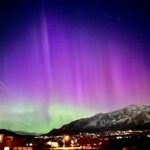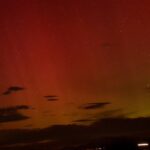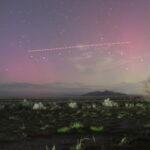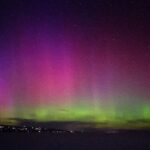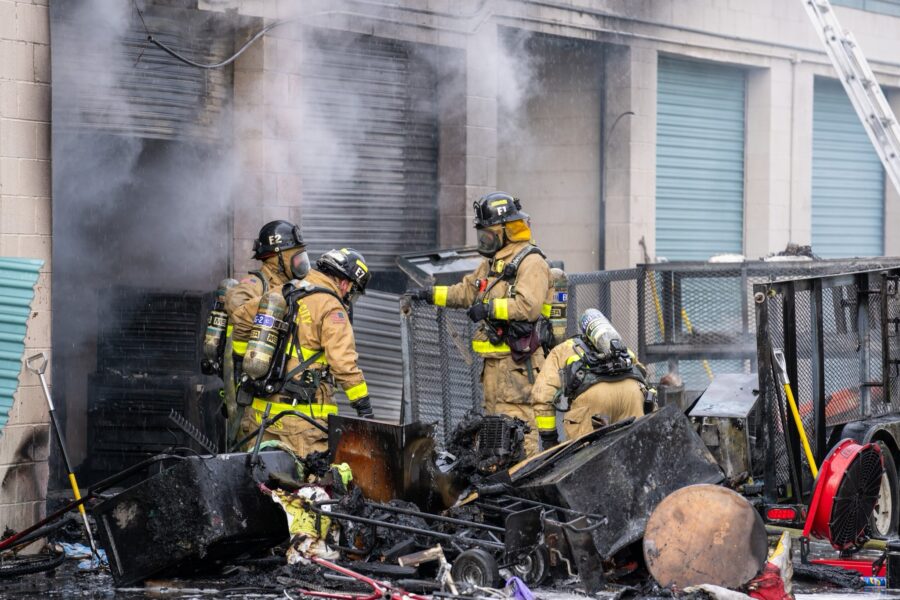PHOTOS: Northern lights shine across parts of Utah
Apr 24, 2023, 5:59 AM | Updated: 8:55 am
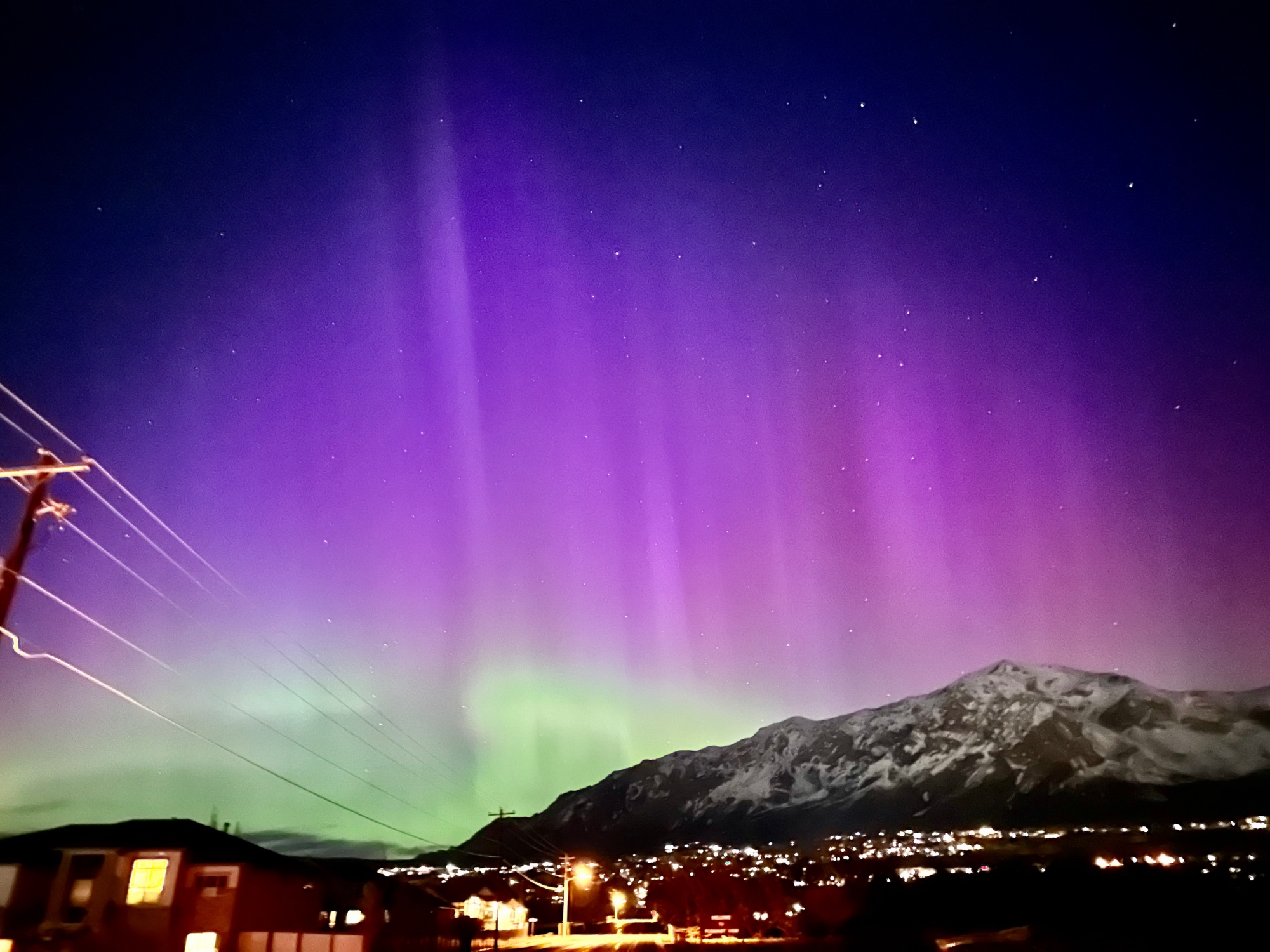
North Ogden (McKenna Jensen)
(McKenna Jensen)
SALT LAKE CITY — Aurora borealis, also known as the northern lights, lit up skies across northern Utah overnight. Local NASA ambassador Patrick Wiggins said while it’s not rare to see the lights in Utah, it is uncommon.
He said he even had reports of sightings in northern Arizona.
The National Oceanic and Atmospheric Administration said the lights are visible when electrons collide with the upper reaches of Earth’s atmosphere and are energized, similar to how neon lights work. Wiggins explained the solar flare that causes the phenomenon as a “burp” from the sun.
“Basically the sun burps, and this time it burped really well and that was able to push it further south,” he said. “What happens to cause this in the first place, not just here on Earth — we’ve seen it on other planets as well, you get this stuff coming from the sun and when it interreacts with our upper atmosphere. Depending on what gas is activated, you get these different colors.”
Check out some of these amazing photos of the northern lights from KSL TV viewers! Have any photos you’d like to share? Submit at our As You See It page!
The last time a geomagnetic storm this strong reached Utah was in 2000, according to Wiggins. While stronger flares can lead to Utahns seeing the northern lights, they can also lead to damage.
Wiggins referenced an event in 1859 known as “The Carrington Event” — one of the biggest flares that have ever been recorded in human history.
“It literally shorted out telegraph wires, people were electrocuted because of all the electricity that was in the air from this thing,” he said.
It’s not certain when or if the lights will illuminate Utah skies again, but the Space Weather Prediction Center offers an aurora forecast on the website.
To see the lights, the Space Weather Prediction Center says you should have a clear view of the northern horizon in the dark, with the best hours for viewing being within a couple of hours of midnight. The website states that the best viewing times are near the spring and fall equinox, so now may just be the chance for Utahns to view the glimmering skies.

